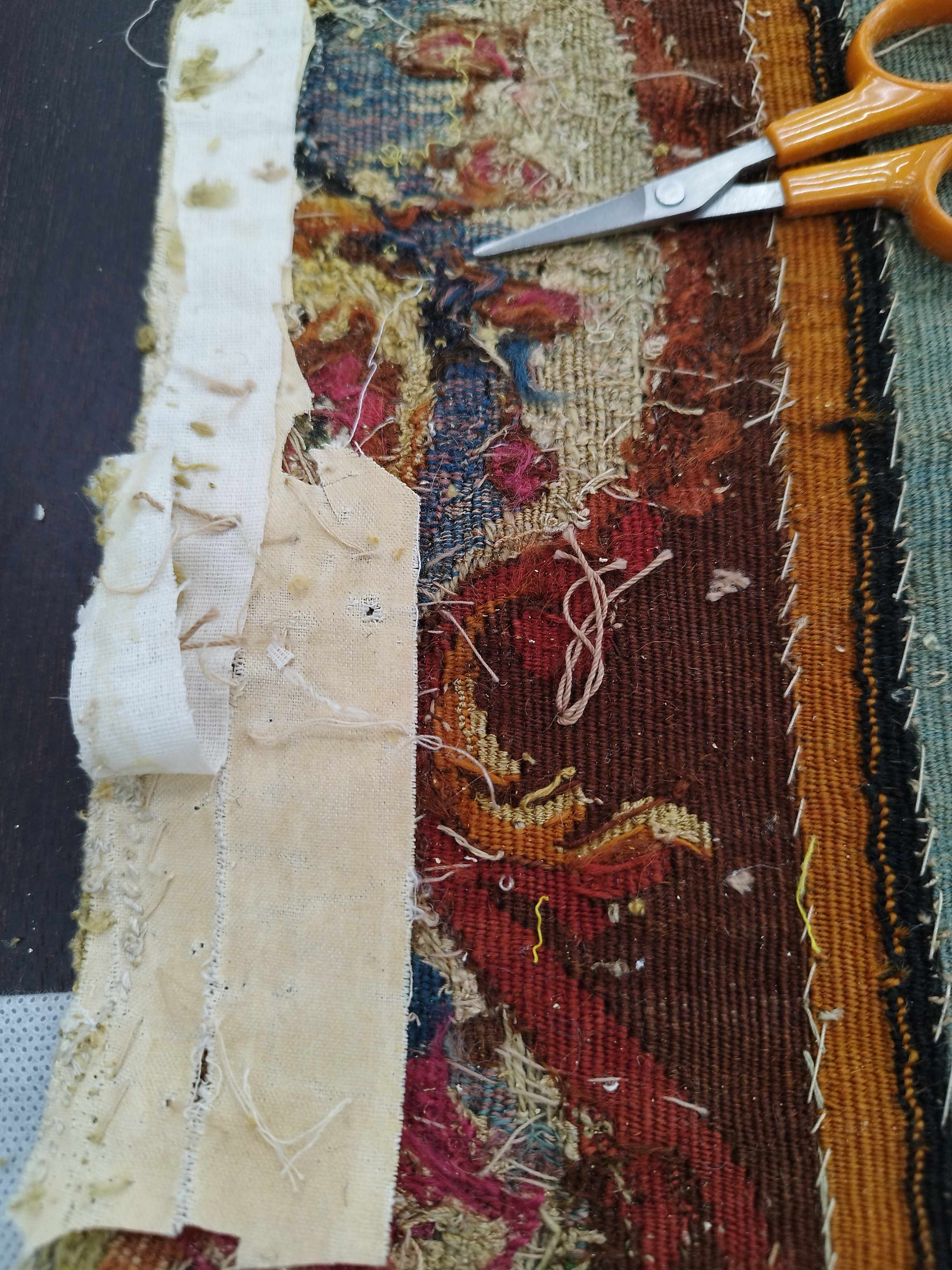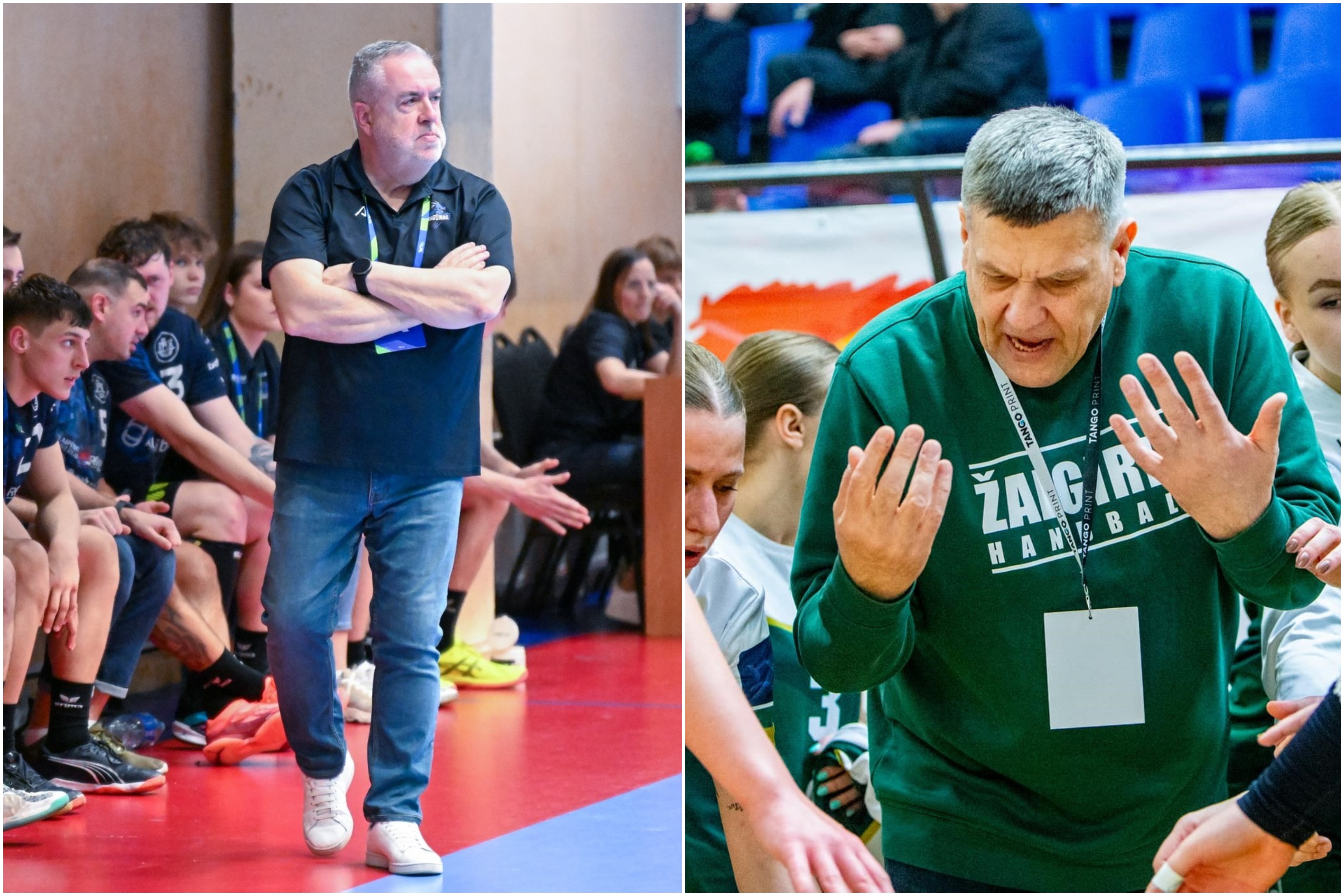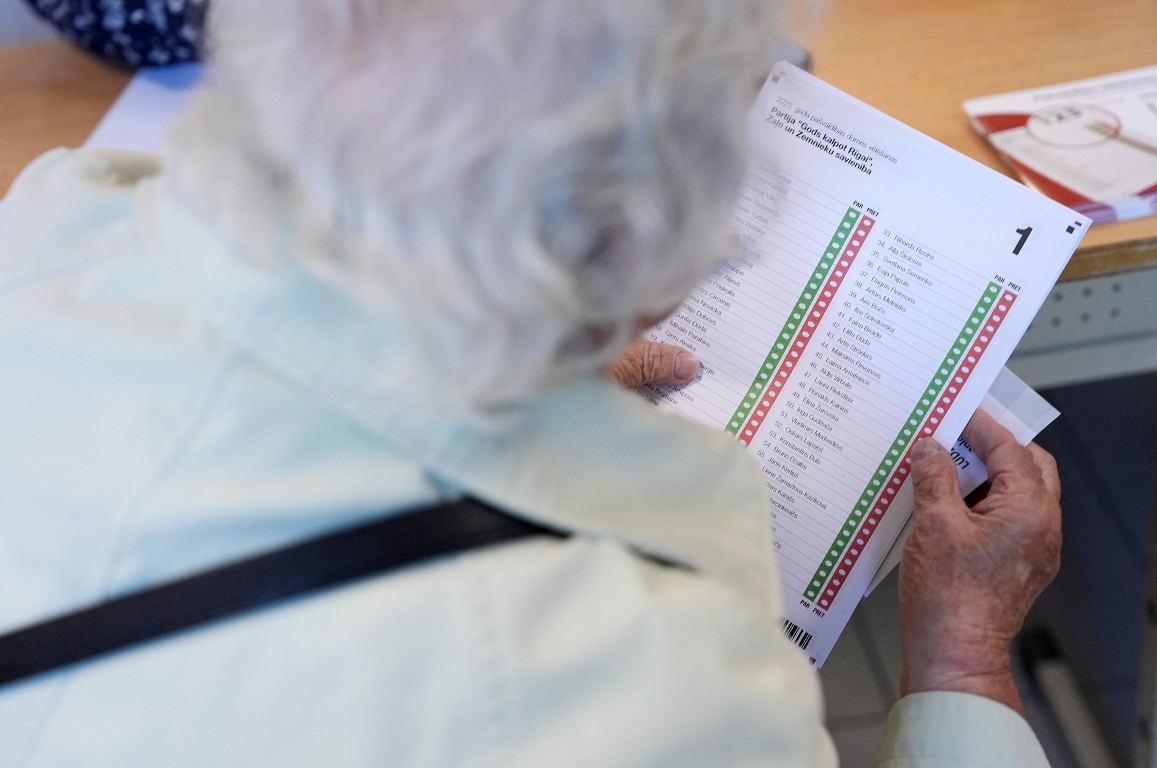Calling a danger of bells for children: No one controls that

Students of Krekenava Gymnasium move to school early. More than half of the surrounding settlements are studying at the gymnasium and more than half arrive by bus.
« Small town schools like ours can be called just schools on wheels. The longest route is almost 60 km, and the longest trip takes 45 minutes, » said Vaidas Pocius, director of Krekenava Mykolas Antanaitis Gymnasium.
The country’s schools have moved so far from home that the yellow bus is the only solution to more than 70,000. Lithuanian schoolchildren. This number is only increasing, and so much is not transported by the Germans or the French.
« In Germany, 20 % of children are transported by yellow and other buses, in France about 10 percent, in the United Kingdom about 10 %, » the Ratings said. editor Amber Sarafin.
Ž. Photo by Gedvila / BNS
Up to 67 % of Lithuanian municipalities are transported. children, mostly in Panevėžys, Alytus, as well as in Vilnius district. Even 8 years ago, the National Audit Office stated that this is how students lose their opportunity to attend consultations or circles after school.
« For example, a pupil’s consultation is scheduled for 2:10 p.m., it is removed at 2:15 p.m.
« No one in Lithuania controls how much children go to school, how much they spend, how much to wait and how much to step up to the bus stop, » Sarafin said.
Full LNK Report – In Video:
The journey is tired and the results of the students are suffering.
« Especially in municipalities where the most children are carried by yellow van, the results are quite poor. 25 % do not even maintain the result of the main achievement of education, » said Ratings, editor.
According to Minister Raminta Popovienė, the school should be as close to home as possible, so that the former Government resolution to form the final classes only from 21 pupils. The minimum number of children in the classroom must now be 12.
« Throughout Lithuania, there will be 53 grade this year, and the next 56. This will be maintained and students will be able to learn closer to home, » said Raminta Popovienė, Minister of Education, Science and Sports.
There will certainly be no new schools in regions, so politicians say it is necessary to adjust the routes, increase the number of buses and thus shorten the journey.
25 % does not even retain the result of the basic achievement of education.
« Maybe it could improve the situation in the expansion of a yellow van network so that you don’t have to turn around 6 points, and that passage could go as directly as possible, » said Radvilė Morkūnaitė-Mikulėnienė, a member of the Education and Science Committee.
$ 5 million a year was allocated. and a million more this year. Krekenava Gymnasium is already taking changes. The buses arrive twice a week after school later.
« We carry children after 8 lessons, about 3:45 p.m., so the children have the opportunity to go to the music circle after school, » Pocius emphasized.
Elementary schools have to reach the educational institution in 30 minutes, gymnasts – within 60 minutes. Not all requirements.
« When there is anarchy, when every municipality does what it thinks, we see different results in all areas, including yellow buses, » Sarafin said.
« One of the ways would also be to return to the yellow bus program at the ministry level, because it is currently left to the municipality to help them and to have more of those buses, » said Vaida Aleknavičienė, chairwoman of the Education and Science Committee.
Experts recommend a detailed analysis of which municipalities require urgent changes. The National Audit Office provided a similar recommendation. R. Popovienė says that the investigation is already underway.
« We want to discuss, discuss with the communities so that these are not spontaneous solutions that need to be adjusted then, » the Minister of Education said.
School buses carry children who are at least 3 kilometers away from school.







